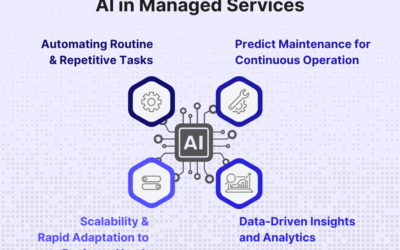Why a 90-Day Marketing Plan Works
A 90-day marketing plan is a concise, outcome-driven roadmap that helps businesses move quickly from diagnosis to impact. Designed to deliver fast wins and sustainable improvements, it is the preferred model for fractional CMOs working with growth-focused organizations.
When I’m brought in to assess a company’s marketing performance, the common theme is fragmentation. Teams are busy but misaligned. Campaigns are running, but results are inconsistent. Long-term plans feel disconnected from daily execution. A 90-day plan solves this by creating focus, urgency, and accountability.
My 90-Day Framework
I approach the plan as a four-phase cycle that mirrors clinical triage:
Diagnose (Days 1–7): Conduct a full assessment of marketing performance, internal capabilities, and strategic positioning.
Stabilize (Days 8–30): Identify and resolve areas of wasted spend, channel inefficiencies, or messaging breakdowns.
Treat (Days 31–60): Launch focused initiatives tied to KPIs, such as pipeline growth or lead quality improvements.
Recover (Days 61–90): Optimize high-performing efforts and build systems for scale, including processes, dashboards, or team upskilling.
This model helps teams focus on what matters most and generates momentum quickly.
Who Benefits from This Approach
This structure is ideal for organizations experiencing stalled growth, preparing for a funding event, or undergoing digital transformation. It also supports marketing leaders managing new teams, shifting market conditions, or internal realignments. The model is less effective for early-stage startups still validating product-market fit or teams not yet equipped for strategic execution.
The Science of Short-Term Strategy
Harvard Business Review reports that businesses using quarterly marketing roadmaps are significantly more effective at execution than those relying on annual plans. The compressed timeline taps into behavioral drivers like temporal motivation and focus. It also aligns with agile marketing principles, helping teams ship work faster and respond to change without getting stuck in strategy paralysis.
As a fractional CMO, I use this model to avoid theoretical posturing and get straight to results. This isn’t a diluted version of long-term planning, it’s an accelerated framework with measurable outcomes.
What the Process Looks Like
Week 1: A discovery session focused on strategic alignment, team structure, and data review.
Week 2: Delivery of the 90-day marketing plan with milestone mapping and decision points.
Month 1: Rollout of quick wins and corrective actions to stabilize performance.
Months 2 and 3: Launch and refine strategic campaigns, with weekly performance reviews and decision-making support.
Concerns about “one-size-fits-all” are addressed through complete customization. Each plan is built around your business goals, customer journey, and internal team capabilities.
Common Misconceptions
Myth: A 90-day marketing plan is just a collection of short-term tactics.
Fact: Done well, it creates infrastructure that continues delivering long after the initial window.
Myth: High-quality strategy takes more time.
Fact: Focused time constraints force prioritization and clarity. It’s not about rushing, it’s about cutting noise.
Frequently Asked Questions
Q: How does this compare to what an agency might offer?
A: Agencies focus on execution. A fractional CMO strategy connects marketing to business goals, aligns teams, and leaves behind a scalable system.
Q: What if our team can’t execute everything in 90 days?
A: Every plan includes prioritization. The focus is on the 20 percent of actions that drive 80 percent of results.
Final Takeaway
A 90-day marketing plan is not a shortcut. It is a high-impact strategy for companies that need fast, focused results without sacrificing long-term growth. Whether you’re navigating change or just tired of waiting for results, this model offers clarity, structure, and measurable ROI.




0 Comments